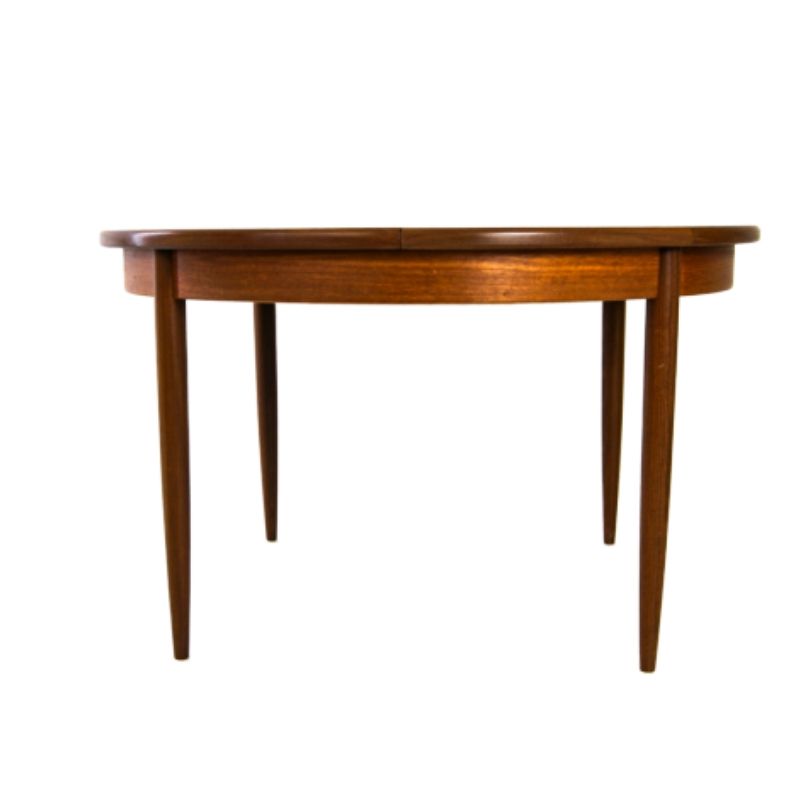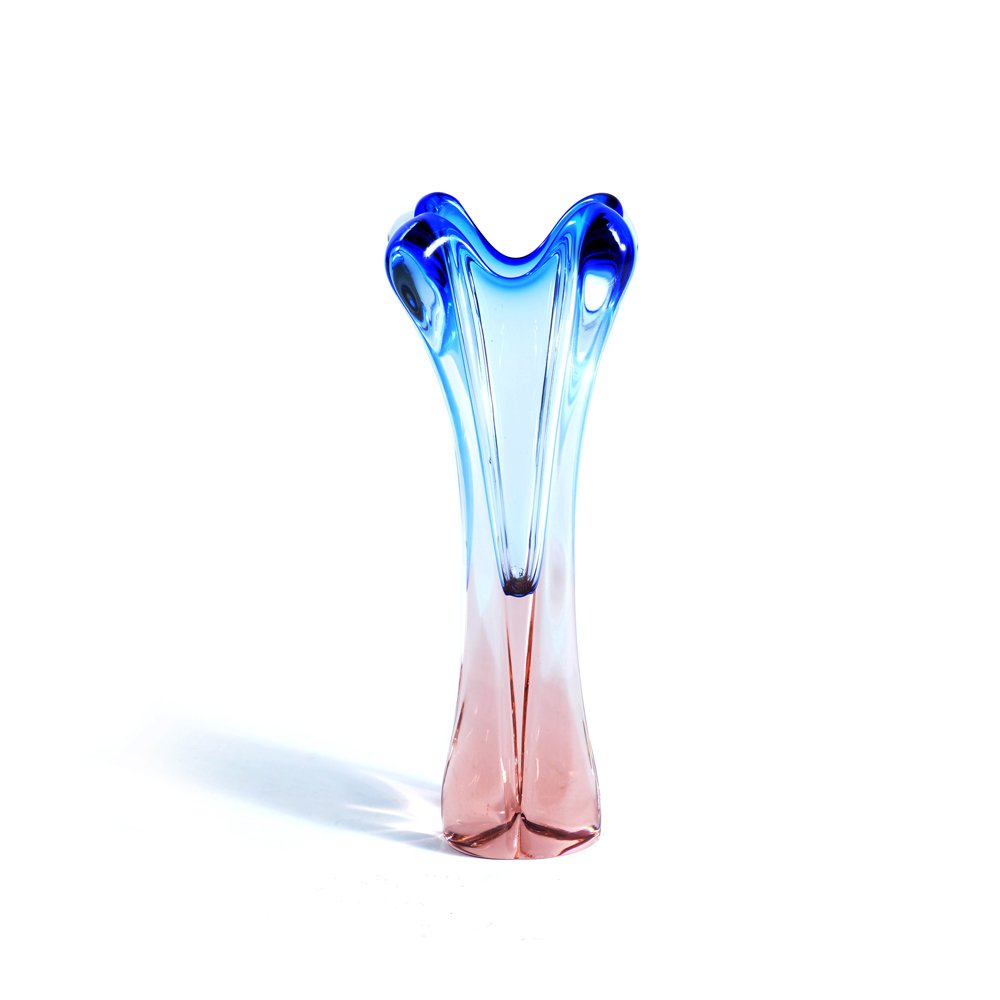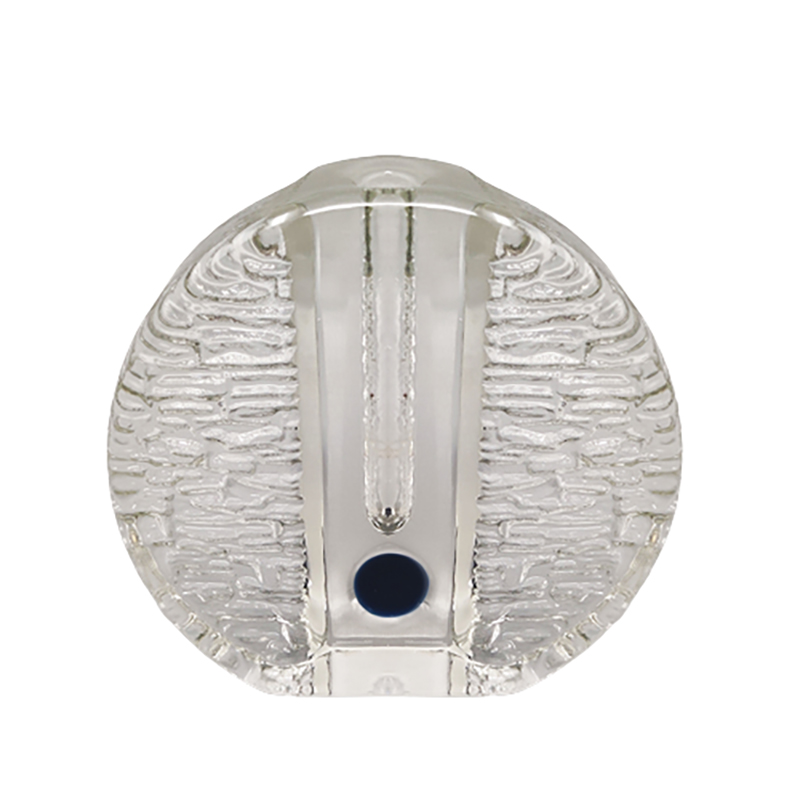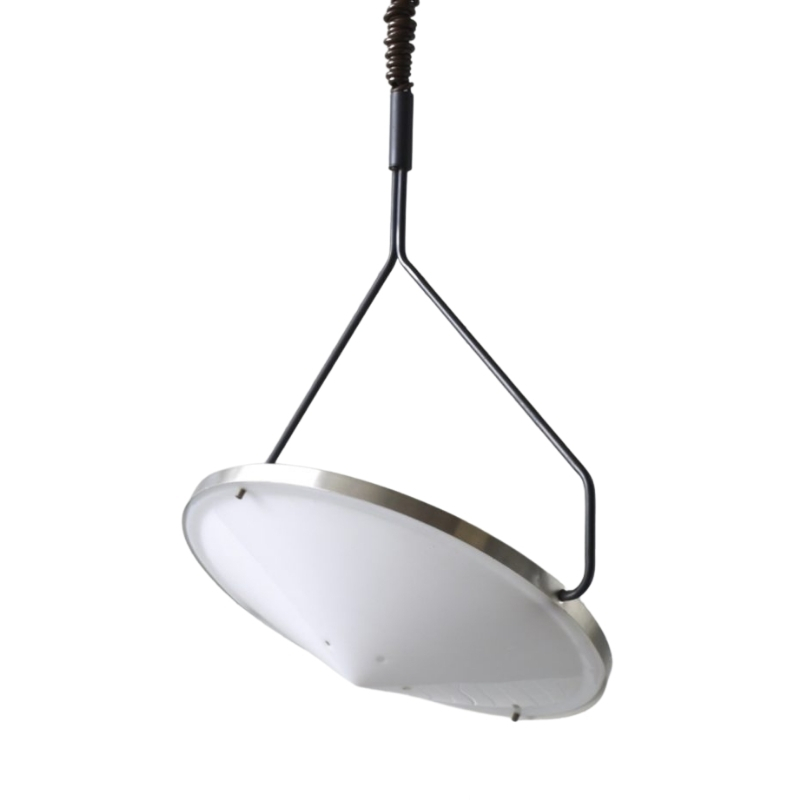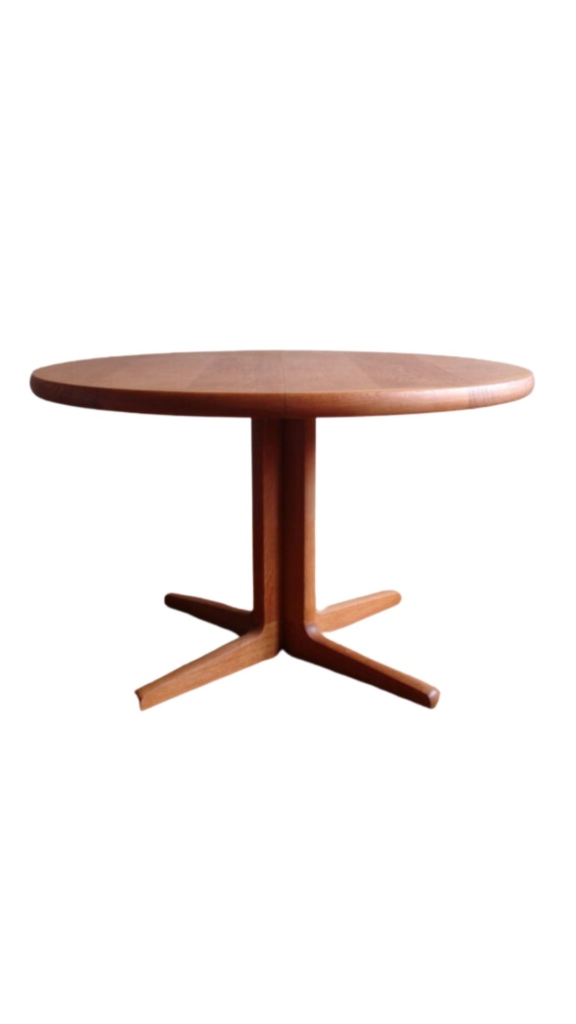This was a five dollar find at a yard sale this long weekend in Toronto, Canada.
Was intrigued by the wood. I'm absolutely enamored of beautiful woods and patinas but know next to nothing about identifying the different species. Have checked in various books at Lib. and totally overwhelmed by info and pics on web. So any suggestions would be greatly appreciated. I know it's asking a lot - the only info I have on the chair is that the owner thought it was scandinavian and had owned it for more than 30 yrs. Badly reupholstered with too much build up, I found the frame to be super dried out. I had thoughts of paper cording the frame instead of upholstering but am rethinking it now.
Some photos are reading quite reddish but the actual overall wood tone is the med. dark brown in photos.
 <img class="wpforo-default-image-attach
<img class="wpforo-default-image-attach
.
Don't think so, I remebered from tech college that the black flecks are parenchyma rays, maybe the link will help, some likely looking candidates there.
So much depends on where it was grown, how it was cut, the mineral content of the soil, climate, varietals within species etc that finding a definitive example of anything can be hard.
http://www.abptrade.com.br/english/timber.htm
I'm sorry to
have to say that a single picture of a wood sample doesn't give nearly enough information to know what that specie looks like. The reason is that the tree can be sliced in any number of directions, and each one will yield a different grain appearance. At the very least, the wood should be presented in plain-sliced (flat-sawn) and quarter-sawn samples.
I've shown this illustration before. It shows what I am talking about -- with just one specie, a pine or fir. Think about what the very different grain of meranti -- or makore, or rosewood, or zebrawood -- would look like when subjected to this universal sampling regimen. . .
Many trees have
both annual rings -- the source of the primary grain pattern of the wood -- and medulary rays of one sort or another, which radiate from the center of the tree and thus cross the annual rings at right angles -- providing stability to the wood in both its living and its cut form. The medulary rays of white oak are unusually broad, and when the wood is cut so that the exposed surface is close to or co-incident with a plane which bisects the center of the tree, the medulary rays are revealed as a large wavy or spotted figure -- in a material which is much more dense than the remainder of the tree fiber, and thus less friendly to stains, oils, varnishes and waxes. Thus, the medulary "ray flake" becomes the dominant decorative feature of quarter-sawn white oak -- as used by some of the best-known makers of oak furniture of the Arts and Crafts period.
The small streaks seen in other cuts of oak are these same medulary structure, but seen from a different direction. In the same way, the wiggly grain feature seen in the above samples could be expected to appear very different when the wood is cut in a different way from that of the examples seen here -- making identification that much more difficult, to the inexperienced eye.
If you need any help, please contact us at – info@designaddict.com



